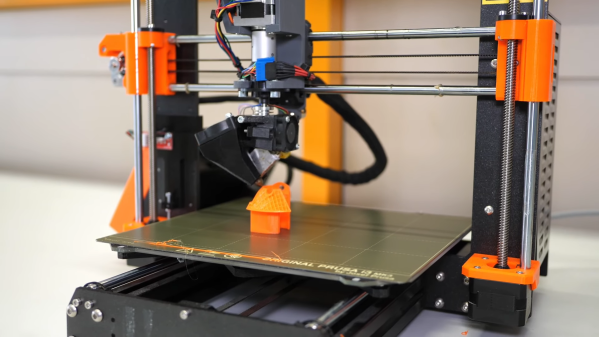In our age of pervasive digital media, “pics or it didn’t happen” is a common enough cry that most of us will gladly snap a picture of pretty near anything to post online. So if you’re going to take a picture, it may as well be as stunning as these corona discharge photographs made with a homebrew Kirlian photography rig.
We know, Kirlian photography has a whole “woo-woo” vibe to it, associated as it has been with paranormal investigations and the like. But [Hyperspace Pirate] isn’t flogging any of that; in fact, he seems way more interested in the electronics of the setup than anything else. The idea with Kirlian photography is basically to capacitively couple a high-voltage charge across a dielectric, which induces an electrostatic discharge to a grounded object. The result is a beautiful purple discharge, thanks to atmospheric nitrogen, that outlines the object being photographed.
[Pirate]’s first attempt at a Kirlian rig used acrylic as a dielectric, which proved to be susceptible to melting. We found this surprising since we’ve seen [Jay Bowles] successfully use acrylic for his Kirlian setup. Version 2 used glass as a dielectric — right up until he tried to drill a fill port into the glass. (Important safety tip: don’t try to drill holes in tempered glass.) Version 3 used regular glass and a 3D-printed frame to make the Kirlian chamber; filled with saltwater and charged up with a homebrew Tesla coil, the corona discharge proved enough to char fingertips and ignite paper. It also gave some beautiful results, which can be seen starting at around the 7:40 mark in the video below.
We loved the photos, of course, but also appreciated the insights into the effects of inductance on the performance of this setup. And that first homebrew flyback transformer [Hyperspace Pirate] built was pretty cool, too.
Continue reading “Enjoy The Beauty Of Corona Discharge With This Kirlian Photography Setup”


















